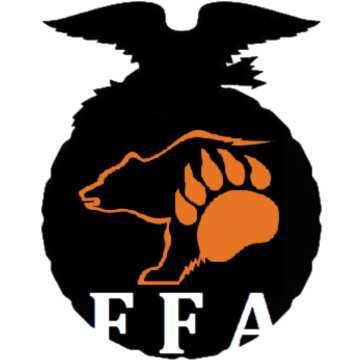
Welcome to the Lucas FFA classroom, when we refer to agriculture we are normally referring to production Ag. The sector of our economy devoted to the actual production of foods and fibers. Although, this does extend into the production of fuels and raw materials as well (think ethanol and rubber).
But, as you will come to find, agriculture is more than just that. Transportation and warehousing, genetics and other sciences, utilities, construction, as well as manufacturing are all sectors connected to agriculture (and many more). In the developed world, it is estimated that only about 1-3% of the workforce is directly employed in production agriculture. However, if you look at the amount of people employed to support that small sector, that percentage jumps to about 11% of total US employment (or about $992 billion in GDP [a]).
So what does this mean for you? It means that the diversity in Ag is massive. If there is something that you are passionate about, chances are that in one way or another, you can find a career doing that while supporting on of the oldest professions in the world.
Goals for the Class
My primary goal is to make a positive difference in the lives of students by developing their potential for premier leadership, personal growth and career success through agriculture education.
A big part of this is student engagement. Contests, trips, and camp are all a fun part of FFA. But, trying new things can be hard. Its up to you to keep an open mind and to step up and participate. I really believe that if you give it your best you will have a blast!
And remember, you can't learn if you don't try.
Works Cited
[a] Ag and Food Sectors and the Economy
“Ag and Food Sectors and the Economy.” USDA ERS - Ag and Food Sectors and the Economy, www.ers.usda.gov/data-products/ag-and-food-statistics-charting-the-essentials/ag-and-food-sectors-and-the-economy/.

